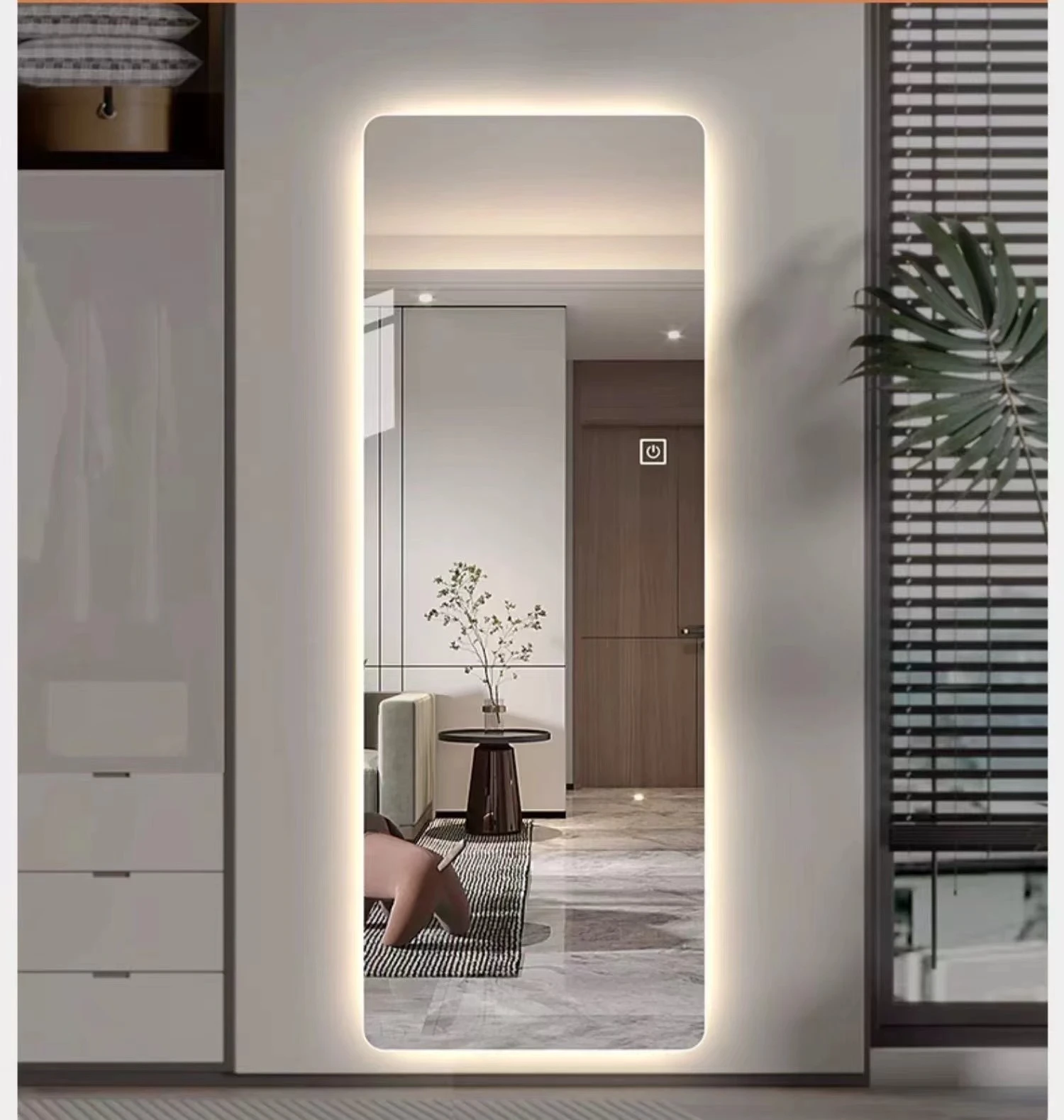

Understanding Low-E Glass Enhancing Energy Efficiency in Buildings
Low-emissivity (Low-E) glass has rapidly become a vital component in modern architecture and building design, primarily due to its energy-efficient properties. As concerns about environmental sustainability and energy consumption continue to rise, Low-E glass offers a solution that balances aesthetics with functionality. In this article, we’ll delve into what Low-E glass is, its benefits, applications, and its role in promoting energy efficiency.
Understanding Low-E Glass Enhancing Energy Efficiency in Buildings
The primary advantage of Low-E glass lies in its ability to regulate indoor temperatures. The coating minimizes the amount of radiant heat that escapes from the interior during colder months, helping to keep the space warm. Conversely, in warmer climates, Low-E glass can significantly reduce solar heat gain, making air conditioning systems more efficient. This duality provides year-round comfort and can lead to considerable savings on energy bills.

Another significant benefit of Low-E glass is its role in UV protection. Standard glass allows a considerable percentage of ultraviolet rays to pass through, which can cause fading and damage to furniture, flooring, and artwork. Low-E glass, however, can block as much as 99% of harmful UV radiation. This protection is essential not just for preserving aesthetics but also for extending the lifespan of interior furnishings and reducing glare.
Moreover, the environmental impact of Low-E glass cannot be overstated. By improving the thermal performance of windows, Low-E glass contributes to reducing the overall energy consumption of buildings. This lower energy demand translates to a decreased carbon footprint, aligning with global efforts to combat climate change. Many building codes now encourage or even require the use of energy-efficient materials, including Low-E glass, as part of a broader push towards sustainable building practices.
The applications of Low-E glass are extensive. It is commonly used in residential homes, commercial buildings, and even in historical renovations where energy efficiency is prioritized without compromising on visual appearance. Each application might call for a different type of Low-E coating depending on factors such as climate, direction of sunlight, and architectural style. Thus, architects and builders have the flexibility to choose the right Low-E glass for each project.
In summary, Low-E glass stands as a testament to how technology can effectively address modern energy challenges. By improving thermal performance, reducing UV damage, and contributing to sustainable building practices, Low-E glass is becoming an integral choice in contemporary architecture. As the built environment shifts towards greater energy efficiency, the adoption of Low-E technology will likely continue to rise, illustrating the growing recognition of our responsibility to be stewards of the planet while still creating beautiful and functional spaces.